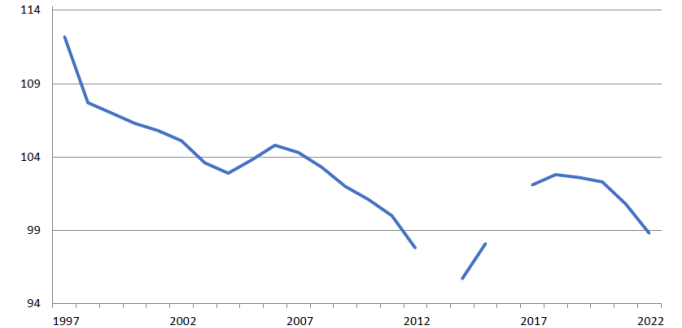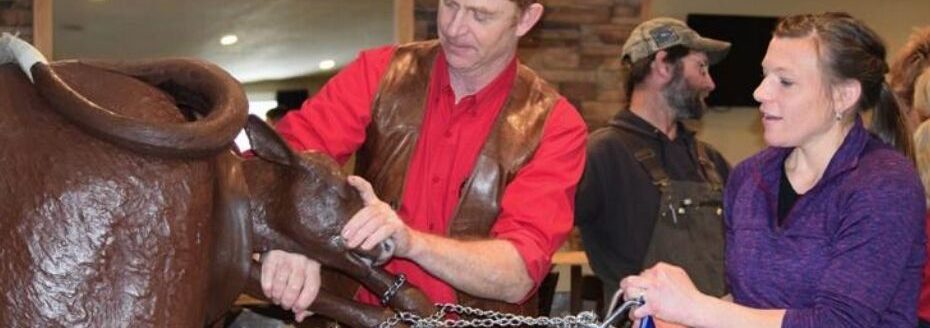According to the latest K-State Farm management records it costs on average at least $700 or more to maintain a cow per year. I am sure everyone still reading is thinking well I spend way less than that on my cows! Did you consider costs of equipment, depreciation and repairs, unpaid operator labor, interest? What about pasture costs? Just as I thought.
Regardless of the real cost to maintain a cow per year there are females in every cowherd which will not produce enough pounds of calf to cover that cost. Removing below average females will make better use of your financial and forage resources. Culling decisions have a long-term effect on the profitability of a cow calf enterprise.
Those females at the top of the cull list should be all open cows and heifers after a forty-five to ninety-day breeding season. This seems like a “duh” decision to me.
The next set of selection criteria for determining which animals to cull would be those related to functionality, or the cows’ ability to survive and thrive another year. Unless you can answer yes to all of the following questions, I would recommend that you cull this female.
1. Is the female structurally sound enough on her feet and legs to maintain body condition, calve, and rebreed the following year?
2. Does the cow or heifer have an udder with good suspension and four healthy quarters with teats that a newborn calf can nurse?
3. Is the cows disposition manageable with available facilities and operator’s management skills? (Is she docile?)
4. Does the cow have enough working teeth to graze and ruminate?
In addition to the previously mentioned questions, production records and calving dates can give guidance in making sound culling decisions. On average, calves born later in the calving season are about two pounds lighter per day. For example, we can expect calves born twenty days after the start of the calving season to be forty pounds lighter at weaning than their contemporaries born the first of the calving season. Beef females which consistently calve late are not adapted to their feed resources and should be given consideration to cull.
Wildcat Extension District also offers programs in Family Consumer Science, 4-H & Youth, as well as horticulture. Information and contacts for specific concerns can be found at our website www.wildcatdistrict.ksu.edu.
For more information, contact Keith Martin, livestock agent, at [email protected] or 620-784-5337.



